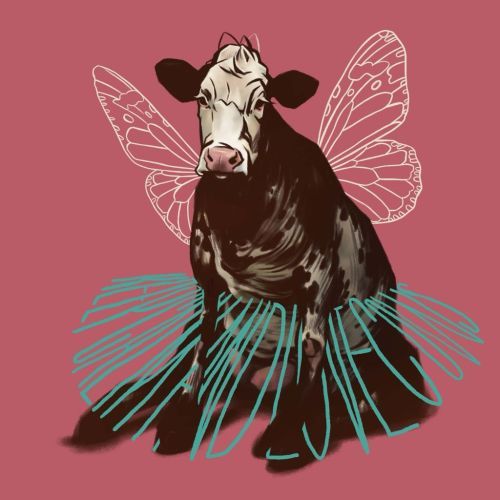Worms, nematodes and microorganisms in forensics, agriculture and nature conservation
Scientists from Chaminade University of Honolulu have identified a group of microorganisms that can be found on corpses at specific moments of their decomposition. It will make it easier to calculate the deceased’s time of death, which will be especially useful in criminal cases. In the study, a network of 20 different microorganisms appeared on the bodies of the deceased with clockwork precision and regardless of the surrounding environment, such as air temperature, water, climate and soil type. Using data from the study, experts created a machine learning tool that determines the time that has passed since the death of the deceased based on the microbiome.
Researchers at the University of California, Riverside have discovered a species of nematode – a parasitic worm – that can be used to control insect pests instead of chemical pesticides, regardless of the weather. Research has shown that Steinernema adamsi, discovered in soil samples under Longan trees in Thailand, is only about 0.1 cm long and can easily infect and kill insects.
A team of scientists from Nanyang Technological University has developed an artificial “worm gut” that breaks down plastics, offering hope of finding a nature-inspired solution to the global plastic pollution problem. Zophobas atratus beetle larvae were fed with plastics, and then the microbes found in their intestines were cultured. After feeding the worms with plastic, the researchers extracted the microbiomes from their guts. They incubated them in flasks containing synthetic nutrients and plastics, creating an artificial “worm gut.”























